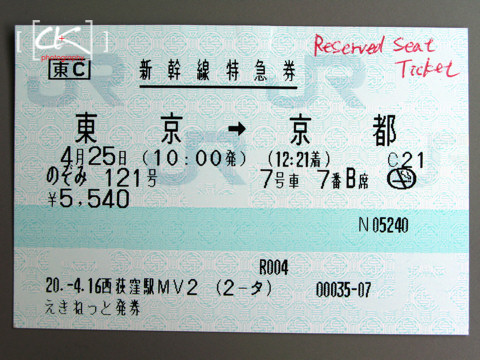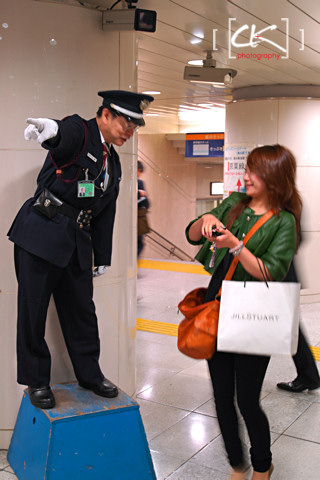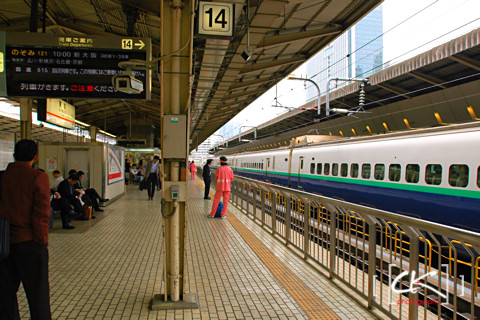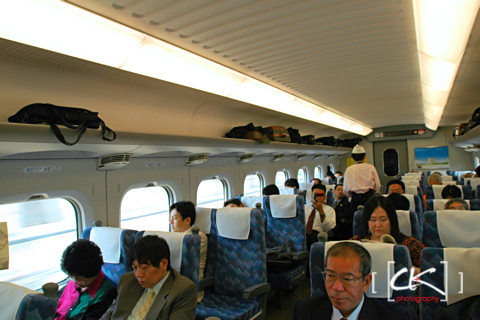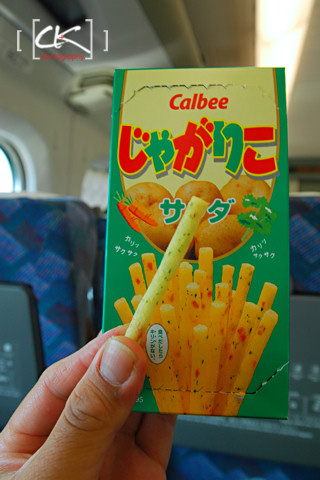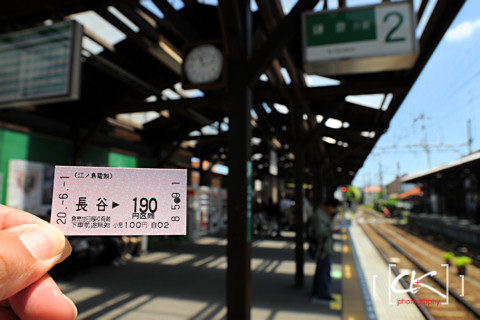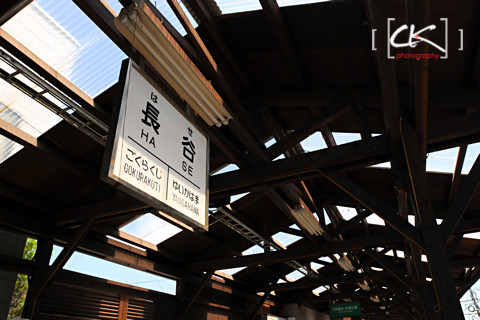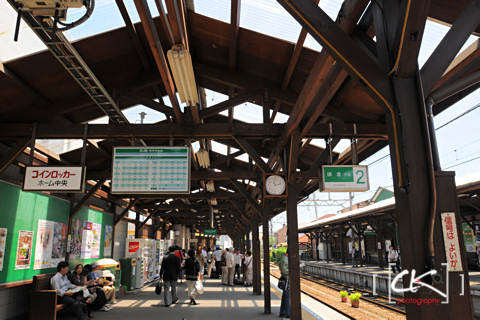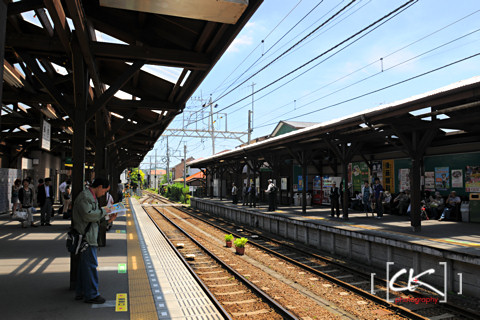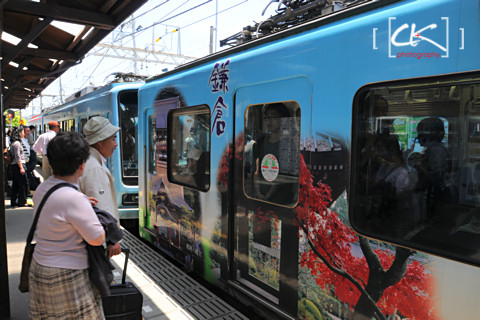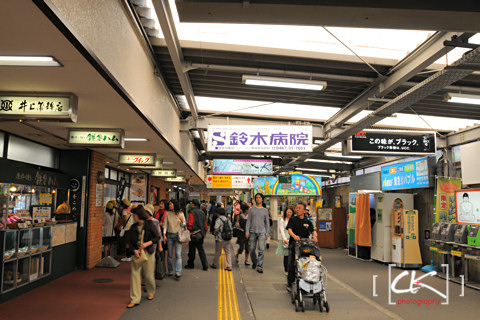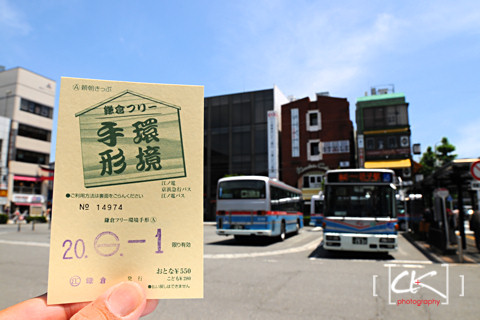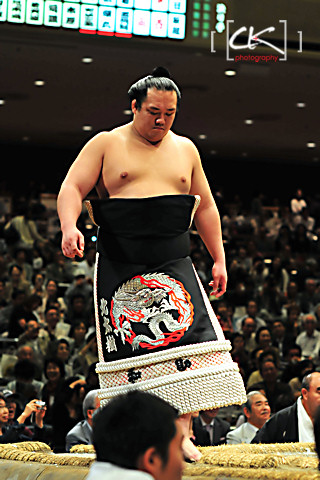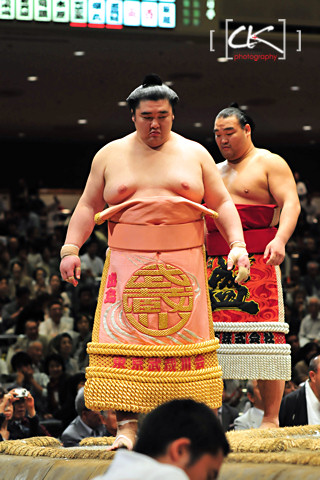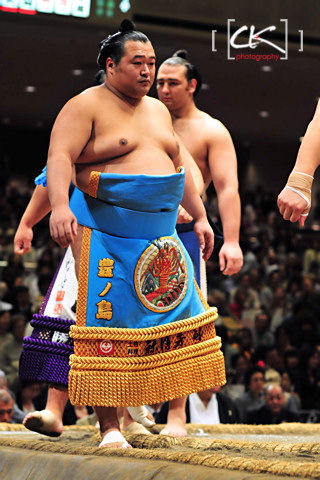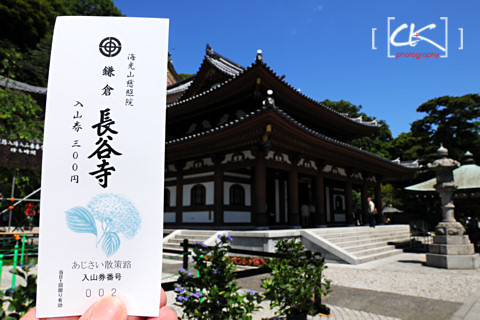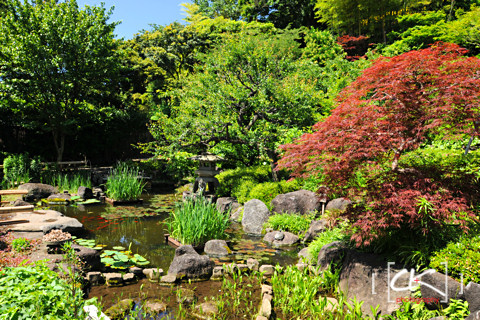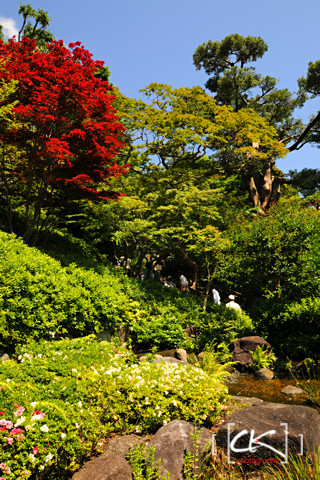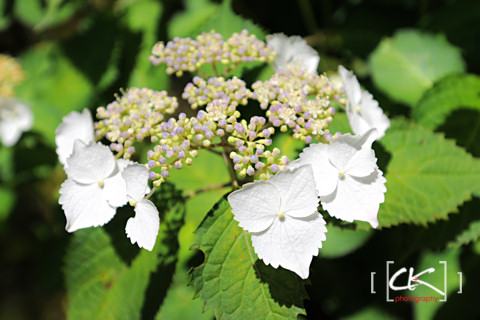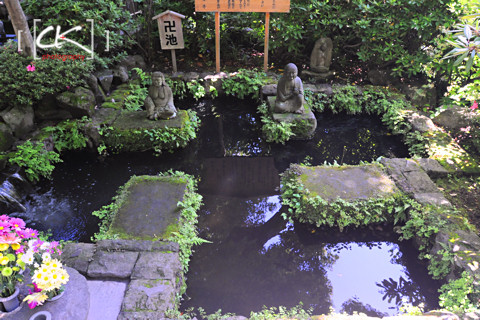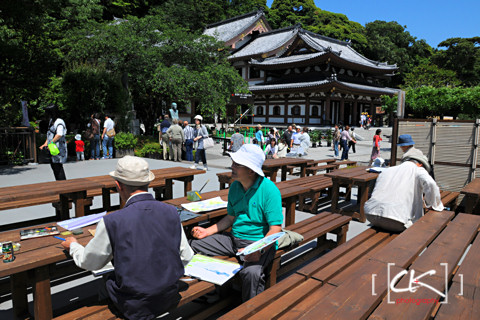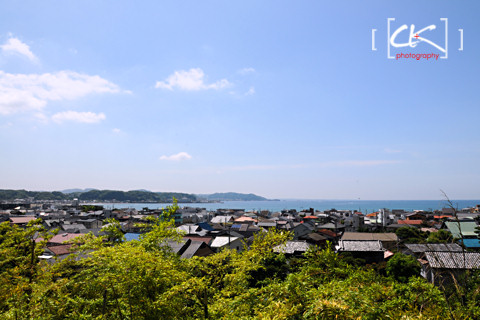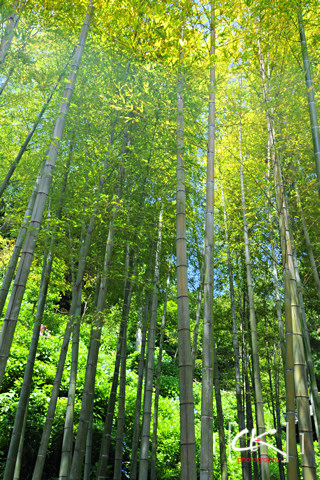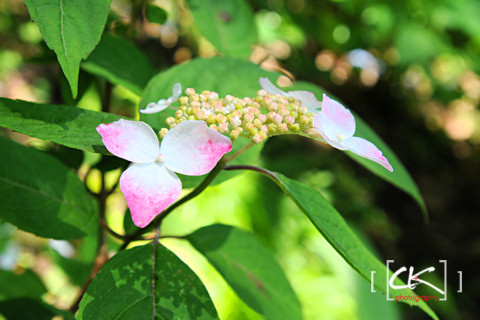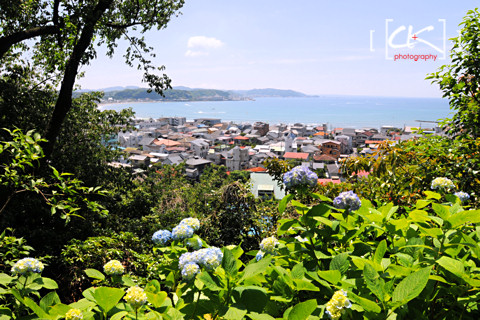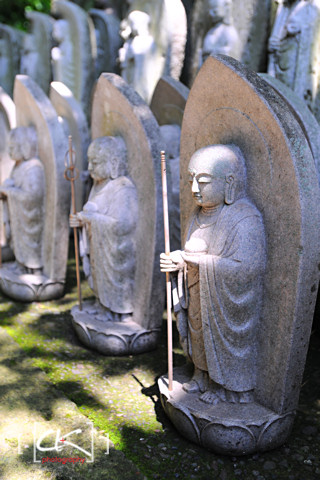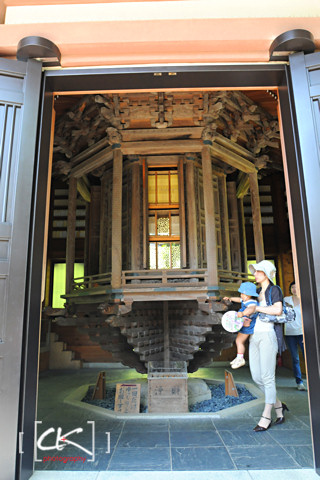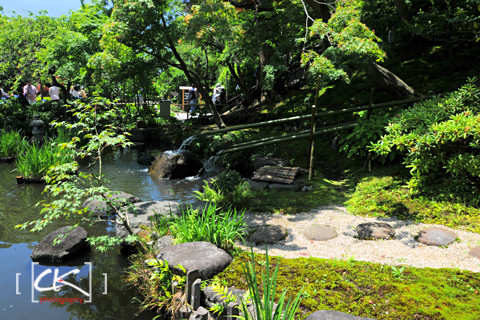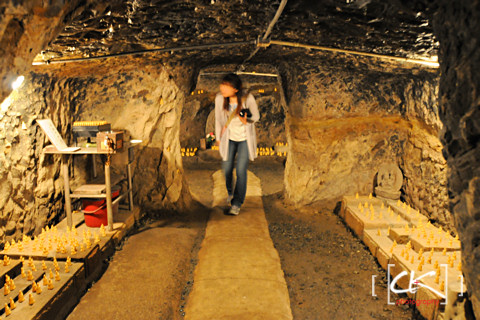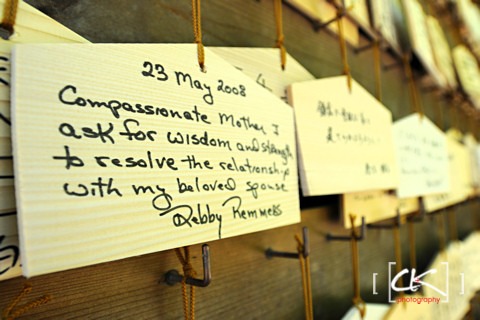Time really flies! It seems like yesterday that I first travelled on the fastest mode of transportation on land, but it was already a year ago. It was exactly one year ago when I boarded the fastest bullet train in Japan, if not the world; on 25 April 2008.
A few days before travelling, I received two tickets from the Matsumae International Foundation that sponsored us for the 'Study Tour' to the western part of Honshu.
A few days before travelling, I received two tickets from the Matsumae International Foundation that sponsored us for the 'Study Tour' to the western part of Honshu.
One was the fare ticket and the other one was for the reserved seat. Did you notice that reserving a seat cost almost the same as the fare? Well, the foundation was just too kind to its research fellows.
These tickets were for the travel on Nozomi train, the fastest, super-duper express Shinkansen (bullet train).
I had to make my way to Tokyo Station from Saitama University by myself, so I set off very early just in case there is any hassle. That made me arrived at Tokyo Station one and a half hour earlier than the boarding time on Nozomi 121.
I had to make my way to Tokyo Station from Saitama University by myself, so I set off very early just in case there is any hassle. That made me arrived at Tokyo Station one and a half hour earlier than the boarding time on Nozomi 121.
That saved my a lot of trouble for asking for direction as I didn't, and still don't speak Japanese. I could find my way through very easily with the signboards.
Since I was early, I made it to Platform 14 on time to wait for my train as well. The trains in Japan are extremely punctual that they never arrive at the platform too early or too late. So, the train was still yet to be seen.
It was only 10 minutes before departure that the train arrived, but not at the speed of a bullet, of course!
I checked on the train number and Nozomi No. 121 it was. So, I boarded the train following the other passengers to the car with my designated seat.
After settling down on my seat, the train departed soon after. I started to enjoy my travel on land at the speed of a bullet.
It was a silky smooth ride although the speed was approaching 400 km/h at its peak. I could even enjoy a pack of snack I bought at the platform without dropping the crumbs on myself, the seat and the floor.
The train arrived at my destination 2 hours and fourty-five minutes later, Kyoto Station, which is about 700 km away from Tokyo Station! Considering the time taken to and from the airports and the waiting time, this was faster than air travel.

